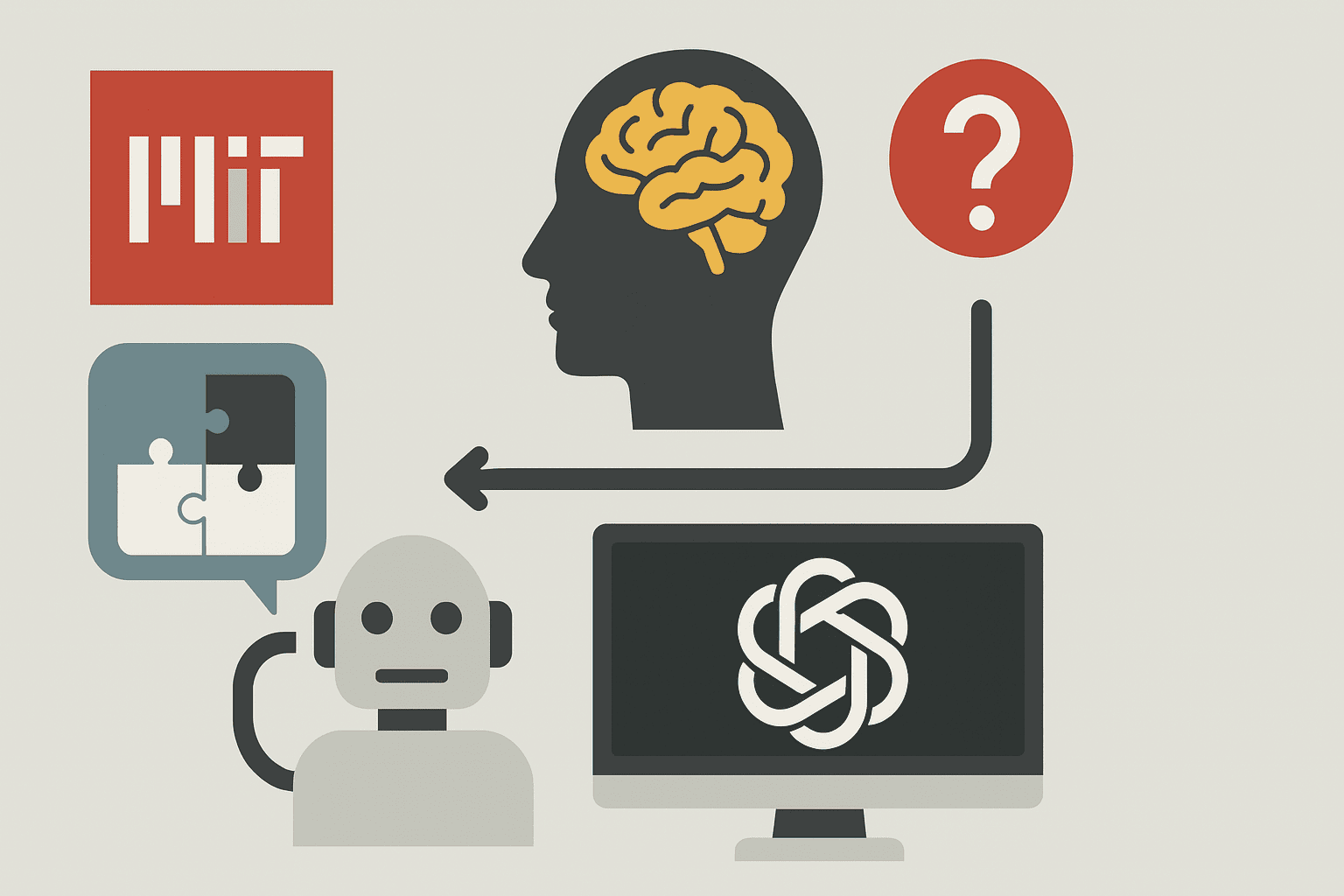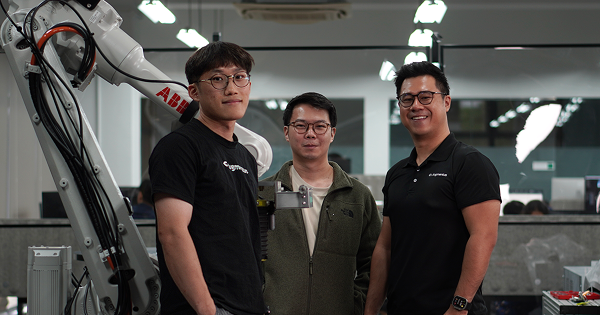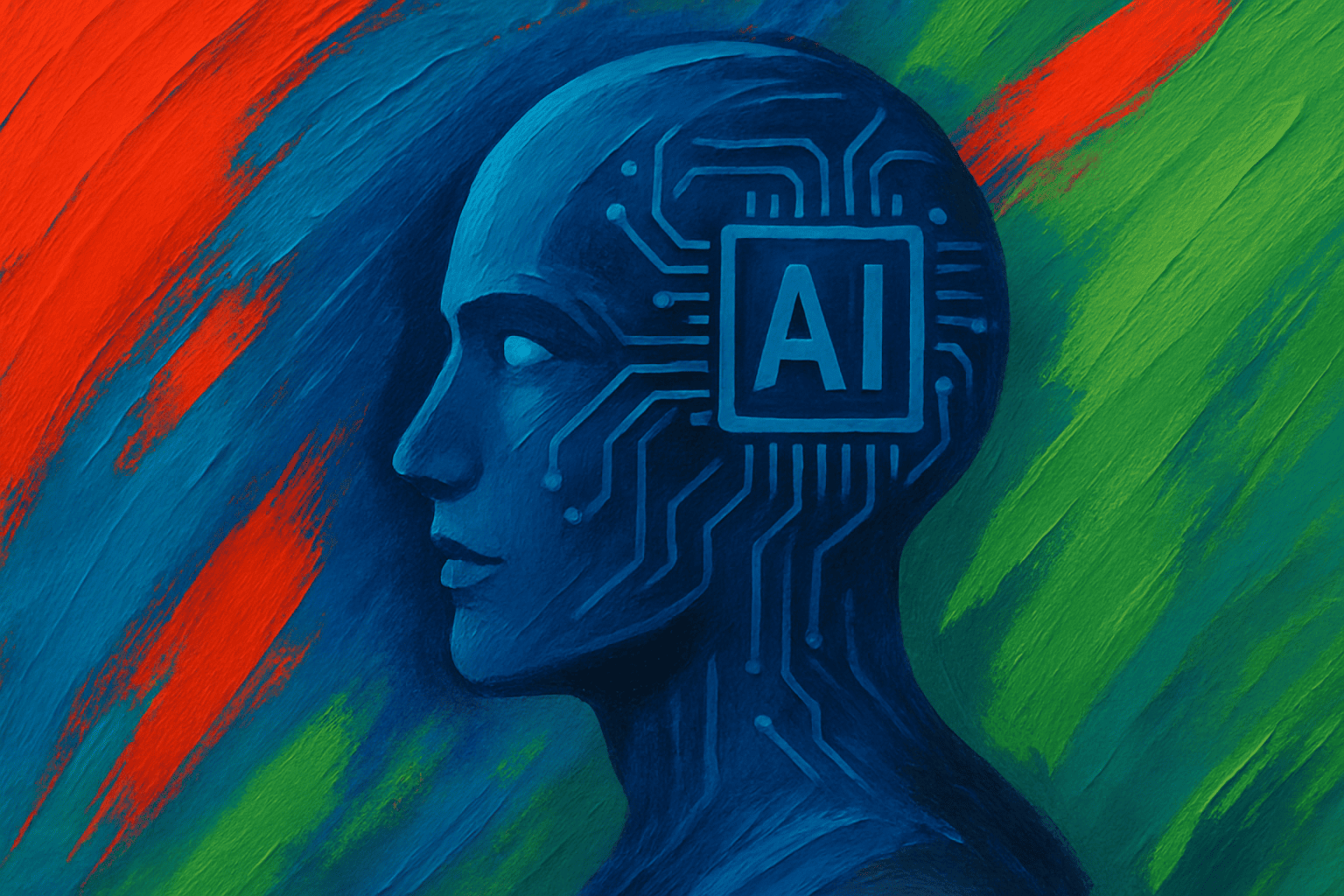Insider Brief
- MIT researchers have developed a “test-time training” method that significantly boosts large language models’ (LLMs) accuracy on unfamiliar, complex reasoning tasks by temporarily adjusting internal model parameters during prediction.
- In trials involving IQ-style benchmarks, the method led to performance improvements of up to sixfold compared to conventional in-context learning, without the need to retrain the entire model.
- The approach, to be presented at the International Conference on Machine Learning, could enable LLMs to better support real-world applications in fields such as healthcare, finance, and logistics, especially where high accuracy and adaptability are essential.
Large language models often stumble when faced with unfamiliar problems that demand complex reasoning. A new study by MIT researchers shows that a test-time training method can sharply boost these models’ ability to adapt, offering gains in performance that could reshape how AI is deployed in fields like healthcare, finance, and logistics.
According to MIT, the research, set to be presented at the International Conference on Machine Learning, shows that selectively updating some of a model’s internal parameters at the moment it encounters a difficult task can lead to dramatic improvements. In some cases, accuracy increased by as much as six times compared to conventional methods.
“Genuine learning — what we did here with test-time training — is something these models can’t do on their own after they are shipped. They can’t gain new skills or get better at a task. But we have shown that if you push the model a little bit to do actual learning, you see that huge improvements in performance can happen,” noted Ekin Akyürek, PhD, lead author of the study.
At issue is the rigidity of most current models. Once deployed, they do not change. If a model is trained to summarize financial documents, for instance, it may falter when asked to flag accounting anomalies or detect fraud. Common attempts to improve performance on such tasks involve feeding the model a few examples—a technique called in-context learning. But for problems that require reasoning or logic, these examples often aren’t enough.
The MIT team explored how test-time training could be used alongside in-context learning to overcome these limitations. The method involves using a small set of example problems and solutions to temporarily adjust a model’s parameters—the mathematical values that guide its outputs. These updates allow the model to “learn” the new task, but only for the duration of the prediction. Afterward, the model returns to its original state.
The approach was developed by a team that includes lead author Ekin Akyürek, PhD candidate in computer science, and senior authors Yoon Kim and Jacob Andreas, both faculty members at MIT’s Computer Science and Artificial Intelligence Laboratory (CSAIL). They were joined by other MIT graduate and undergraduate researchers. Their work was supported in part by the MIT-IBM Watson AI Lab and the National Science Foundation.
To boost efficiency, the researchers only adjusted a small subset of model parameters using a method known as low-rank adaptation. They also augmented their training data by modifying examples in small ways—such as flipping inputs—to provide more variety. This produced better outcomes, especially for tasks involving pattern recognition or previously unseen data types.
Tests were conducted on two benchmark datasets composed of particularly difficult problems, including IQ puzzles. In these trials, models trained with test-time methods significantly outperformed those using in-context learning alone.
Researchers said the findings suggest that even without retraining an entire model, substantial performance improvements are possible. This opens the door to more flexible use of large language models, especially in areas where accuracy is critical and tasks are too varied for traditional training methods.
In practical terms, using test-time training can slow down responses. A model that normally answers a query in under a minute might take up to ten minutes when applying this method. However, the added time may be justified when the task is difficult and the stakes are high, researchers pointed out.
Looking ahead, the researchers aim to create systems that can decide on their own whether a task requires test-time training or not—a step toward building models that can learn continuously.






